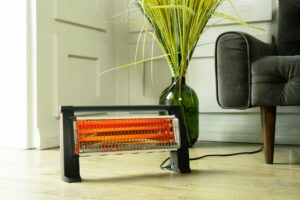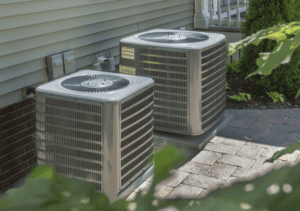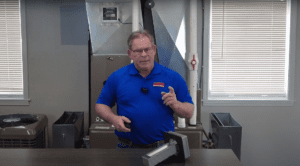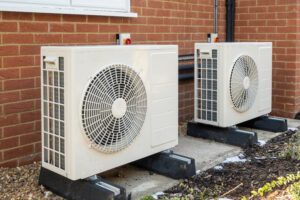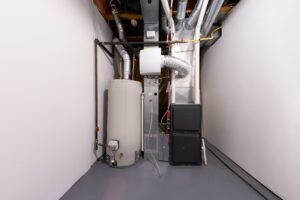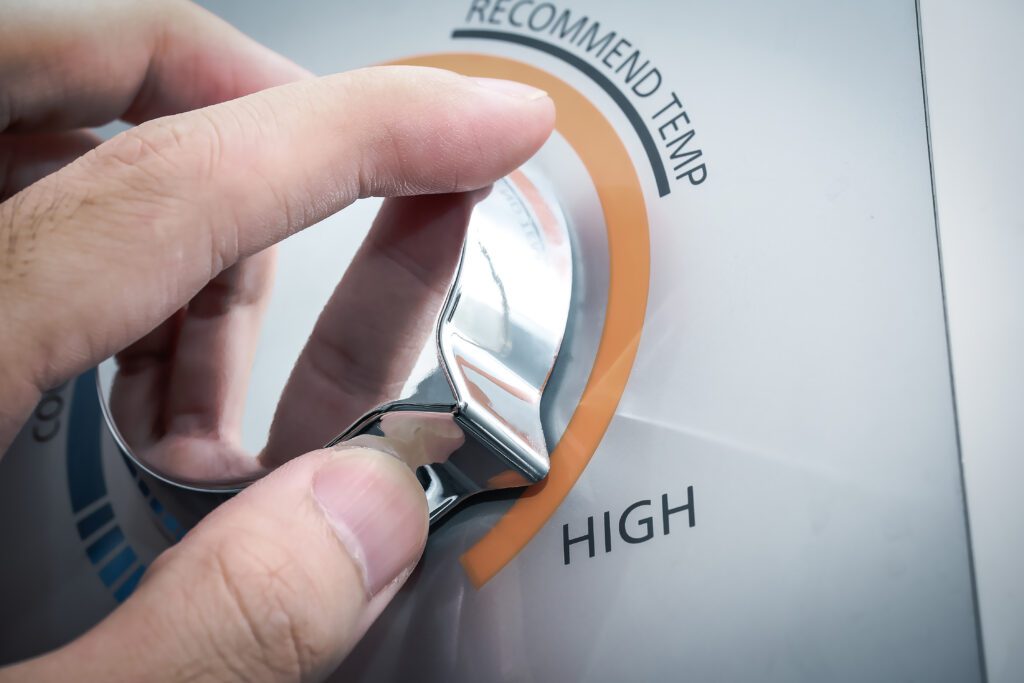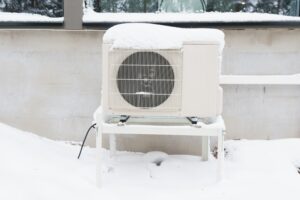Most people don’t enjoy taking a shower in cold water. That’s why it’s important to have your water heater set to the right temperature. Maintaining an ideal water heater temperature can not only save you money on your energy bill, but it is also crucial for the health and safety of you and your family.
While certain organizations have set standards for recommended water heater temperatures, many families may choose to adjust the temperature to fit their needs. However, it’s important for homeowners to take caution when adjusting their water heater temperature. If the temperature is too low, your water heater can become a breeding ground for dangerous bacteria. On the other hand, setting the temperature too high puts your family members at risk of scalding themselves, leading to potentially serious injuries.
Here’s how to adjust your water heater to the right temperature with your family’s safety as a top priority.
What Is the Ideal Temperature Setting for a Water Heater?
At what temperature should you set your water heater? According to the U.S. Department of Energy, most households only require a water heater to be set to 120 degrees Fahrenheit. This is typically considered the most ideal temperature since it’s normally the thermostat temperature preset by water heater manufacturers, and it can help to slow corrosion and mineral buildup in the water heater and pipes.
Other organizations, like the Occupational Safety and Health Administration, indicate that any water heater temperature below 140 degrees can potentially foster the growth of harmful bacteria. Certain harmful pathogens, such as the bacteria that cause Legionnaires’ Disease, are less likely to grow and multiply in water heaters set at higher temperatures like 140 degrees.
The caveat to having your water heater set at 140 degrees is the risk of being scalded. According to one study, people with water heaters set to 130 degrees and above were at significantly greater risk of being scalded, especially those with thinner skin like children and the elderly. Human skin exposed to hot water at 140 degrees can be burned in as little as three seconds, while 120-degree water causes burning after ten minutes or longer.
Adjusting your water heater to the right temperature may feel like a balancing act between pathogenic and scalding safety. Fortunately, many homeowners have found that using an anti-scald valve is a great way to keep the water heater at a higher temperature while also minimizing the risk of being burned. These valves are installed at each point of contact with hot water, and they help cool the water before it reaches a sink or shower faucet—even if the water heater is set to 140 degrees.
How Do You Know When to Adjust the Temperature of Your Water Heater?
Because the ideal temperature of a water heater can fall between 120 to 140 degrees, some families may choose to use their best judgment to know when to adjust and find the perfect temperature for their household needs. Still, there are other fundamental methods you can use to know when to adjust the temperature of your water heater.
Turn a faucet on, ideally the one nearest to your water heater, and see how long it takes for the water to reach the desired temperature. In the summertime, you’ll want to turn the tap to cold, while in the winter, you’ll want to turn it to hot. If the water reaches its desired temperature right away, your water heater is probably okay. However, if it seems like it’s taking longer than usual to reach that temperature, it may be time to give your water heater an adjustment.
People may want to adjust their water heater if their energy bill has been significantly higher than usual. The higher your water heater temperature is, the more energy is needed to heat the water. By reducing the temperature, you may be able to cut the cost of your energy bill each month. You can also boost your energy savings by installing insulation around your water heater, taking shorter showers, and replacing your water heater every 8 to 12 years.

How to Adjust the Temperature of Your Water Heater
Before you make any adjustments, it’s best to determine what temperature your water heater is currently set at. If you can’t tell from its temperature dial, it can easily be checked by holding a standard kitchen thermometer under the tap flow in the kitchen or bathroom. Once you know the current temperature, you can adjust it to your preference.
A water heater temperature adjustment can look different depending on what type of water heater is in your home. The interface settings can vary depending on model and type; certain water heaters may have dials with temperature settings, while others may show numbers from one to ten.
Let’s look at a few common types of water heaters and how you can adjust the temperature on them.
Gas and Electric Water Heaters
Many gas and electric water heaters, especially newer models, have an insulated access panel with a thermostat. Electric water heaters usually have two thermostats, with one on the top and one on the bottom. Once you find the thermostat(s), follow these steps to adjust the temperature:
- Locate the thermostat on your water heater. If it’s concealed under an access panel, you may need to use a screwdriver to remove this first. You may also need to remove any insulation that may be in the way.
- Depending on the manufacturer of the water heater, each temperature dial may read a little differently. In general, all dials will indicate which direction turns the water hotter versus colder.
- Adjust the dial to the desired temperature. If you have an electric water heater with multiple dials, both dials must be adjusted to the same temperature.
- Reattach any paneling and insulation.
After completing these steps, wait a few hours and re-test the hot water temperature. You may need to adjust the temperature dials again if the desired temperature has not been reached. Once you find the temperature you’re looking for, you can make a mark on the dial, so you don’t have to go through the testing process again.
Tankless Water Heaters
Many newer water heater models are tankless, meaning they heat water on demand rather than storing water and running constantly. Tankless water heaters tend to be more energy efficient because they only heat when the tap is turned on, and immediately stop heating once the tap is turned off.
Adjusting a tankless water heater is similar to adjusting the thermostat for your HVAC system; that is, they have a digital control panel where the temperature can be adjusted up or down. This panel usually also features a temperature readout, so you don’t have to worry about testing the water temperature yourself.
If you need help adjusting the temperature of your water heater, Cates Heating and Cooling is here for you! Give us a call today at 913-888-4470 for Kansas residents and 816-944-1844 for Missouri residents.


